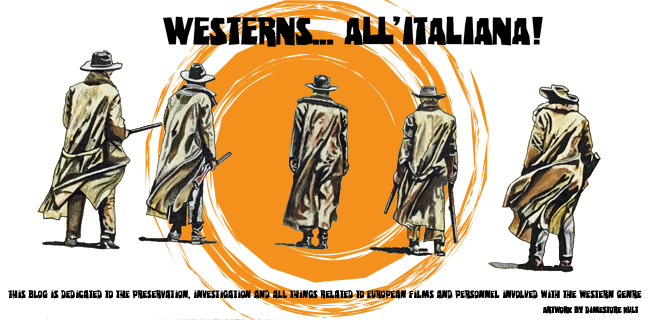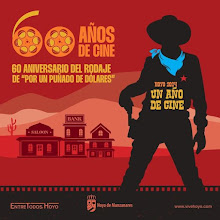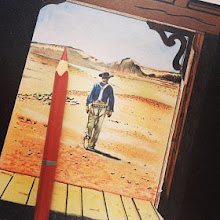The Hindu
K.S. Rajkopal
January 27, 2017
Five decades after its release, a fan recalls the
hysteria over The Good, the Bad and the Ugly
I am seated in a 70mm theatre in Madras, some 45 years
ago, watching the movie, The Good, the Bad and the Ugly . The scene on the
screen is of Eli Wallach (the ‘ugly’, playing the character of Tuco Ramirez,
the Mexican bandit) taking a bath in a tub in a deserted town. He gets cornered
by a bounty hunter who launches into a tirade as he is about to shoot him. Tuco
then shoots down the bounty hunter with his submersed six-gun in the soapy,
bubbly water and the viewer is treated to the spectacle of Tuco standing up in
the tub even as he mouths the iconic line: “When you have to shoot, shoot,
don’t talk!”.
I clearly remember the scene bringing the house down in
that theatre. As soon as Wallach mouthed the famous line, someone in the
audience shouted “Konnutiye da!”, triggering another round of guffaws from the
full house.
Then, when I watched the movie for the first time, I was
fascinated by the sweeping shots of the American Southwest, watching the vast
expanses of desert and prairie with canyons, mesas and other rock formations
and the quaint adobe-walled houses in small one-horse towns. I was only
familiar with congested, sultry Madras, and my only experience of the outdoors
was green paddy fields and dense coconut groves.
Watching the movie (on a re-run) again at a much later
age, I noted that the American Southwest of the 1860s was depicted in the
seminal spaghetti western (released 50 years ago in U.S. cinema halls) as a
wild, wacky, wicked, weird, place, with its grime, gore, gangsters and
gunfights galore. Add to that a liberal measure of American Civil War footage
and Italian composer Ennio Morricone’s tantalising music, and you have a
cinematic experience that borders on the surreal.
The movie, directed by Italian Sergio Leone, was the
third in the series of spaghetti westerns, the other two being A Fistful of
Dollars and For a Few Dollars More .
Though Clint Eastwood (Blondie, the good) and Lee Van
Cleef (Angel Eyes, the bad) turn in impressive performances, for me, it is Eli
Wallach who steals the show with his portrayal of the bandit.
The movie’s offbeat theme music, which is part banshee
wail, part coyote howl, also made a profound impression on me. I was at a loss
to discern what instrument(s) was used to produce the effect and I played the
music (taped) to musicians in Chennai but they did not know either. It was only
recently that a Google search revealed that the Italian master Morricone
created one of the most iconic pieces of film music with his main theme, and
the rest of the score comes complete with all the classic Morricone traits,
including whistling, yodelling and gunfire.
The main two-note motif is used for each of the three
main characters from the 1966 film, but played on three different instruments.
Blondie (played by Clint Eastwood) is represented by a flute, Angel Eyes (Lee
Van Cleef) an ocarina, and Tuco (Eli Wallach) a choir.
A teacher who taught me in school used to say that every
human individual’s face resembles some animal or other. Lee Van Cleef, in the
movie, with his hawkish nose, high cheekbones and piercing gaze reminded me of
an angry buzzard.
A memorable Civil War scene in the movie is one of Clint
offering his smouldering cigar to a fallen, wounded soldier. I was an
inveterate cigarette smoker those days (long before the days of pictorial
warnings on cigarette packs and awareness of the harmful effects of smoking)
and the sight of the soldier deeply inhaling the smoke gratefully is still
vivid in my mind.
I will always enjoy this western classic no matter how
many times I watch it.











No comments:
Post a Comment